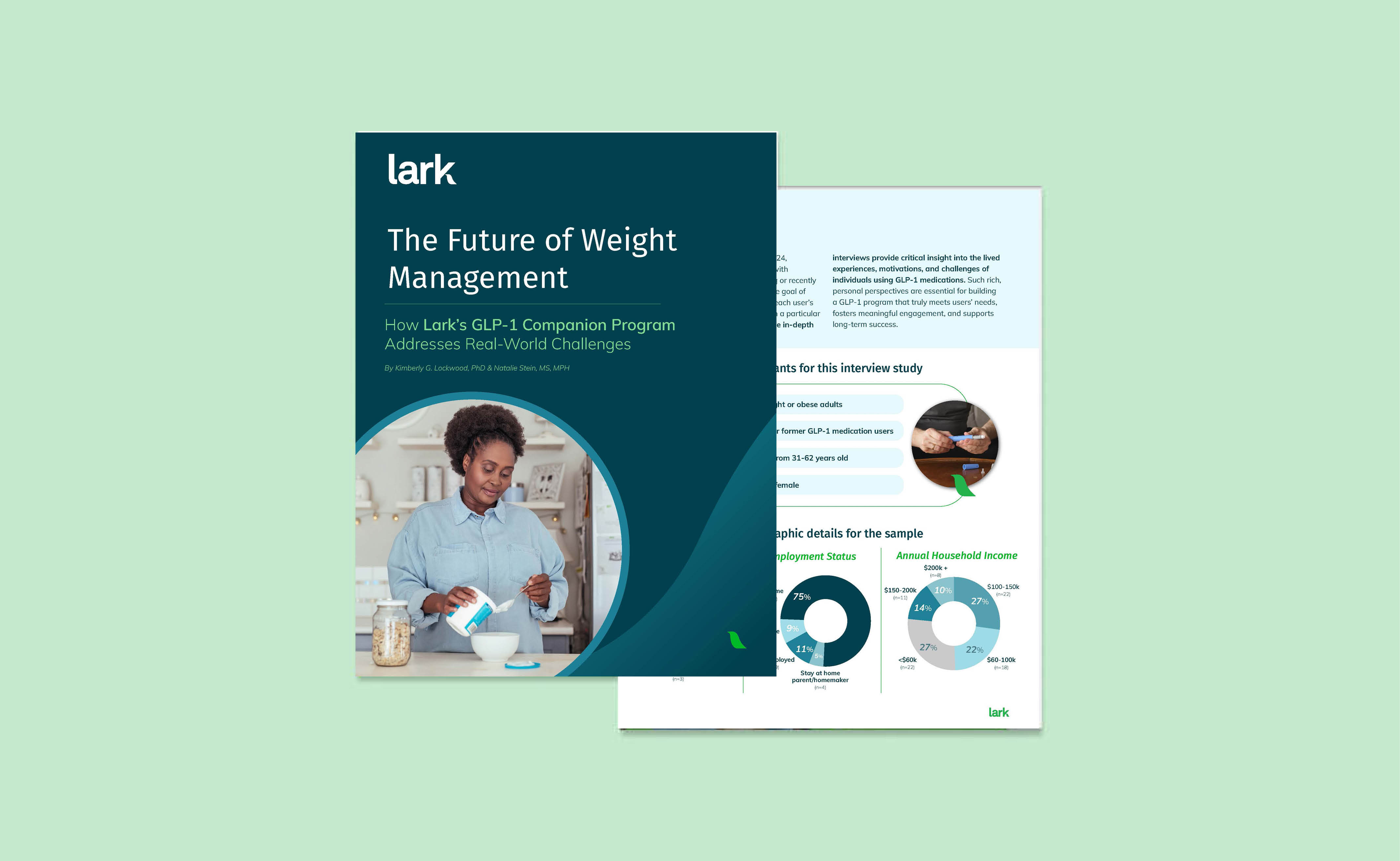GLP-1s have officially broken into the mainstream. What began as a treatment for diabetes has exploded into a weight loss revolution, with more than 25 new indications or combinations in the pipeline — the headlines are impossible to ignore.
But behind the buzz lies a sobering reality for employers: while GLP-1s like Wegovy and Zepbound promise transformational outcomes, they’re also torching benefits budgets. Employers are watching costs soar with no long-term guardrails in place. With the 2026 benefits planning window quickly closing, the time to act is now.
The Demand Is Skyrocketing — and So Are Costs
GLP-1 drug sales are projected to hit $157 billion by 2030, driven by widespread adoption for obesity and diabetes, as well as pending indications. With over 50% of employers already covering GLP-1s for weight loss, these medications are no longer niche, but they’re fast becoming the standard of care for two of the most prevalent, costly conditions in the U.S.
For employers, the result is a seismic shift in pharmacy spend. The average employer experiencing plan costs rose to $19.19 per member per month, largely due to 5 GLP-1s accounting for up to 16% of prescription spend.
Demand is still climbing with no clear off-ramp in sight. Payers need to create a sustainable plan to meet demand while keeping budgets in check.
The Employer Dilemma: Pay Now or Pay Later?
Today’s benefits leaders are caught in a balancing act:
- Cover GLP-1s for diabetes and weight loss, and risk uncontrolled benefits spending.
- Limit access, and face employee frustration and potentially higher downstream spend from unmanaged conditions. Untreated obesity alone contributes to over 60 chronic conditions, costing up to $1.72 trillion annually to treat.
Many employers are struggling to determine a long-term strategy that allows them to contain cost responsibly without limiting member access to groundbreaking health innovation. But simply saying “yes” or “no” is no longer a viable strategy.
Beyond the immediate cost, consider the potential for long-term savings. While GLP-1s are expensive, studies suggest that for commercially insured Americans with similar health conditions, medical costs for those taking GLP-1s can be reduced by 7% compared to those not on the medication. While there is conflicting data on long-term health cost savings, it may take two years or more to see the true impact GLP-1 investments have on your population and benefit costs.
GLP-1s have shown to improve productivity and reduce absenteeism. Professionals using GLP-1 therapy have reported an average 23% reduction in sick leave days, and over 75% experienced sustained energy levels throughout the workday. The story on long-term savings is still taking shape, however, short-term impact on productivity is promising.
What a Smarter Strategy Looks Like for Addressing GLP-1 Demand
GLP-1s require more innovative and creative benefit planning that balances access, outcomes, and cost. The most forward-thinking payers are moving beyond binary decisions and building smarter coverage models that include:
- Clinical Criteria: Working with PBMs and medical advisors to define clear eligibility requirements based on BMI, diagnosis, and clinical factors that work for their plan.This includes ensuring patients meet specific health markers and are actively engaged in lifestyle modifications prior to medication. Similar strategies have been adopted in the past with bariatric surgeries and interventions.
- Coaching-First Support: Pairing GLP-1s with access to AI-powered functionality including 24/7 digital coaching to enable better habits before medication, side effects mitigation during medications, and support members to sustain change after medication. This holistic approach emphasizes that GLP-1s are a tool, not a standalone solution, and work best when integrated into a comprehensive weight management program that reinforces diet and exercise habits.
- Real-Time Data Integration: Using platforms that deliver member-level insights to support faster, more accurate prior authorization decisioning.This helps ensure appropriate utilization and identifies opportunities for proactive intervention and personalized support.
It is also crucial to acknowledge that while GLP-1s are effective for weight loss (with average reductions ranging from 5% to 22.5% depending on the drug and individual), ensuring healthy weight loss that preserves muscle mass may require complementary strategies like diet and exercise programs tailored to the unique needs of a member utilizing GLP-1s.
Simply denying coverage is not a sustainable benefits strategy in the face of expanding indications. Future-proof strategies should focus on enabling clinically-appropriate access with the right guardrails in place for responsible cost containment. GLP-1s however, should be part of a broader weight management solution, not a standalone fix.
Approaching this challenge will require comprehensive solutions that meet members where they are and empower them toward their goals and beyond. The organizations that will win in 2026 are those that stop thinking reactively and start designing proactively with their members and budgets in mind.
Need help rethinking your GLP-1 strategy for 2026?
Lark helps benefits leaders evaluate their options and implement a smarter approach to coverage. Schedule time with our team to put a plan in place.




.jpg)






.webp)





